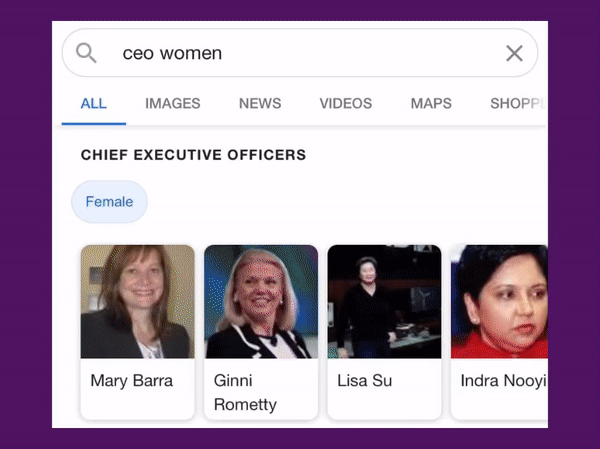A perspective of the current diversity at c-level inside big companies and tips to establish it in yours.
A couple of weeks ago I saw on LinkedIn an image that illustrates perfectly how most of the “inclusive” companies look like. It went viral and ended up in other social networks. I wonder: Why? I believe it is because most people relate to it.
Unless you are a part of the small number of companies that actually have the diversity as moto, you had already seen yourself in an organization with a few or none women/people of color in high positions. And if you haven’t thought about it before, I have some questions for you to reflect on:
How many female CEOs do you know?
How many women in a C-level position do you know?
How many of them are black or brown?
How many women work in your company?
Is your company workforce representative of the country you live in?
Meanwhile, I want to share some thoughts and real numbers. I’ve worked in 3 different countries (Brazil, Colombia and Spain) around more than 10 companies in my career in marketing and advertising. And most of the time, I saw myself surrounded by white faces. However, I had a lot of female and LGBTQI+ colleagues on entry levels but guess what, when it comes to higher positions, Directors, CMOs, CROs, most of them are white cis men. Even in industries like fashion, where you have a bigger percentage of women. And when it comes to CEOs, I only worked in one company with a female one. Some of you will probably have memories with women in leadership positions but I’d liked to confront you with more data.

According to the top 100 CEO lists published yearly by Harvard Business Review, women represent less than 5% of the Best-Performing CEOs. Also, on last year's list, there are a total of 0% black CEOs. On the same 2019 list, you can find 1 Latino man, 5 Chinese men, 6 Japanese men, 5 Indian or Indian American.
On Forbes, the story is the same. From their USA top 20 CEOs list, all of the professionals listed are men, and the diversity comes from 1 Indian American, 1 African American, 1 Latino and 1 Asian CEO.
And if we compare it with the Fortune 500 list, it doesn't get better. Only 37 companies are led by women. For a country so diverse as the United States those lists are clearly far from the reality of their population data.
We talk a lot about the different salaries women and men earn for the same job. But the gender pay gap is way beyond that. How can we earn the same amount of money if we are not even arriving there?
It seems like a simple solution: companies should hire more female CEOs, although it's much more than that. Change must be done from the inside out. The training leaders inside the companies have to start applying equal opportunities to women, people of color and people with disabilities to grow beyond manager roles.
It is about building a safe and diverse environment inside companies and establishing goals not only for the employees but also for the managers and the hiring responsible. Because at the end of the day, a diverse group of people, with different cultural backgrounds, can generate more discussions and come up with new ideas and solutions for the companies, resulting in real growth.
One good example is Sodexo. They change their diversity policy and now 58% of their board members are female and the company runs 14 Gender Balance Networks worldwide. What they have found is that when there is an optimal gender balance within an organization, employee engagement increases by 4 percentage points, gross profit increases by 23% and brand image strengthens by 5 percentage points. So, is it possible to change the corporate culture? YES!
.png)